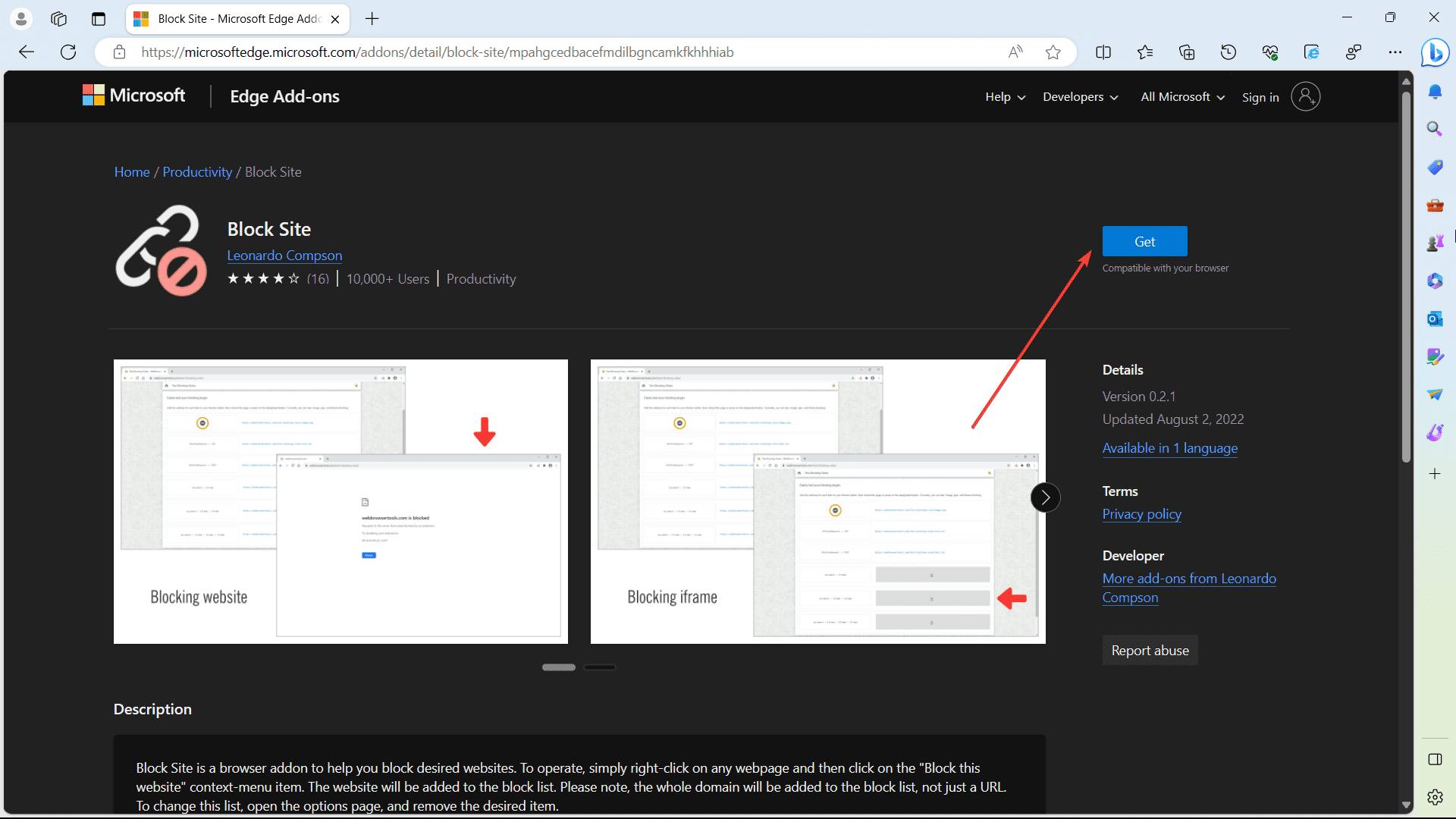
How to improve the access efficiency of Java website through load balancing?
Overview:
With the development of Internet technology, more and more enterprises and individuals have moved their businesses to run on cloud platforms. Java websites running on cloud platforms also face challenges in terms of traffic. In order to improve the access efficiency and stability of Java websites, load balancing is often used to distribute traffic. This article will introduce how to improve the access efficiency of Java websites through load balancing and give code examples.
1. Principle of load balancing
Load balancing is a technology that distributes network requests to multiple back-end servers with the purpose of improving the access efficiency and stability of the website. Load balancing can be achieved through a variety of algorithms, common ones include polling algorithm, random algorithm, least connection algorithm, etc. When a user initiates a request, the load balancing server will select an appropriate backend server for processing based on the algorithm and return the response to the user, thereby achieving request distribution and load balancing.
2. How to implement load balancing in Java
-
Reverse proxy load balancing: Use the reverse proxy server as the load balancing server to forward user requests to the backend server. Common reverse proxy servers include Nginx, Apache, etc. The following is a configuration example for using Nginx as a reverse proxy server:
http { upstream backend { server backend1.example.com; server backend2.example.com; } server { listen 80; location / { proxy_pass http://backend; } } } -
Based on DNS polling: resolve the domain name to the IP addresses of multiple back-end servers, implemented through DNS polling Load balancing. The following is a code example using DNS polling:
String[] backendServers = {"backend1.example.com", "backend2.example.com"}; int currentIndex = 0; // 轮询的方式选择后端服务器 String backendServer = backendServers[currentIndex]; currentIndex = (currentIndex + 1) % backendServers.length; // 发送请求到后端服务器 HttpURLConnection connection = (HttpURLConnection) new URL("http://" + backendServer).openConnection(); -
Software load balancer: Use Java programming to implement a software load balancer and select the appropriate backend server for requests based on a predetermined algorithm. distribution. The following is a sample code for implementing a simple polling algorithm using Java:
public class LoadBalancer { private static List<String> backendServers = new ArrayList<>(); private static int currentIndex = 0; static { // 添加后端服务器 backendServers.add("backend1.example.com"); backendServers.add("backend2.example.com"); } public static synchronized String chooseBackendServer() { String backendServer = backendServers.get(currentIndex); currentIndex = (currentIndex + 1) % backendServers.size(); return backendServer; } public static void main(String[] args) { // 发送请求到后端服务器 String backendServer = LoadBalancer.chooseBackendServer(); HttpURLConnection connection = (HttpURLConnection) new URL("http://" + backendServer).openConnection(); } }
3. Advantages and precautions of load balancing
- Improve access efficiency: load balancing Requests can be distributed to multiple back-end servers for processing, thereby improving the concurrent processing capabilities and response speed of the entire system.
- Enhance system stability: By distributing traffic to multiple back-end servers, the load pressure on a single server can be reduced and the stability and reliability of the system can be improved.
- Note: Load balancing requires a reasonable selection of algorithms to avoid overloading or load imbalance on some servers. In addition, it is necessary to regularly monitor the performance and load of the server and adjust the load balancing strategy according to the actual situation.
Conclusion:
Load balancing can effectively improve the access efficiency and stability of Java websites. This article introduces the principles and common implementation methods of load balancing, and gives corresponding code examples. In actual applications, appropriate load balancing algorithms and tools should be selected according to specific circumstances, and appropriate tuning and monitoring should be performed to obtain the best access results.
The above is the detailed content of How to improve the access efficiency of Java website through load balancing?. For more information, please follow other related articles on the PHP Chinese website!
 i站是什么Sep 26, 2022 pm 04:32 PM
i站是什么Sep 26, 2022 pm 04:32 PMi站是名叫“iwara”的网站,又称“爱弹幕”,是一家弹幕视频分享网站,主要分享动漫资讯、番剧、漫画小说、游戏等资源,可以说是一家二次元文化圈网站。i站里的漫画资源非常丰富,且基本都是免费的,很多网上热议漫画、最新的漫画包括日韩漫画都可以在i站观看。
 如何从iPhone的Safari中删除经常访问的网站Jul 10, 2023 pm 04:41 PM
如何从iPhone的Safari中删除经常访问的网站Jul 10, 2023 pm 04:41 PM默认情况下,大多数iPhone用户在iPhone上使用Safari浏览器。他们在Safari浏览器上浏览和访问不同类型的网站。一些iPhone用户报告说,他们厌倦了在iPhone上启动Safari浏览器后在初始屏幕上看到经常访问的网站。为了更改初始屏幕的外观,您应该对其进行编辑。如果您希望从Safari浏览器中删除经常访问的网站,我们在这里提供一些简单的步骤,解释如何轻松做到这一点。如何从iPhone的Safari中删除经常访问的网站步骤1:您应该首先在iPhone上启动Safari浏览器。第2
 如何在 Edge 中阻止对网站的访问Jul 12, 2023 am 08:17 AM
如何在 Edge 中阻止对网站的访问Jul 12, 2023 am 08:17 AM有时,出于多种原因,我们希望在MicrosoftEdge上阻止某些网站,无论是出于家长控制,时间管理,内容过滤,甚至是安全问题。一个常见的动机是提高生产力并保持专注。通过阻止分散注意力的网站,人们可以创造一个有利于工作或学习的环境,最大限度地减少潜在的干扰。最后,内容过滤对于维护安全和尊重的在线环境非常重要。阻止包含露骨、冒犯性或令人反感内容的网站在教育或专业环境中尤其重要,在这些环境中,维护适当的标准和价值观至关重要。如果您可以与这种情况相关,那么本文适合您。下面介绍了如何在Edge中阻止对网
 解决Python网站访问速度问题,使用索引、缓存等数据库优化方法。Aug 05, 2023 am 11:24 AM
解决Python网站访问速度问题,使用索引、缓存等数据库优化方法。Aug 05, 2023 am 11:24 AM解决Python网站访问速度问题,使用索引、缓存等数据库优化方法在开发和维护Python网站的过程中,经常会遇到网站访问速度慢的问题。为了提高网站的响应速度,我们可以使用一些数据库优化方法,如索引和缓存。本文将介绍如何使用这些方法来解决Python网站访问速度问题,并提供相应的代码示例供参考。一、使用索引优化数据库查询索引是数据库中数据的快速查找结构,可以大
 a站和b站的区别是什么Sep 16, 2022 am 11:41 AM
a站和b站的区别是什么Sep 16, 2022 am 11:41 AM区别:1、a站全称叫“acfun”,b站全称叫“bilibili弹幕网”。2、a站的内容比较综合,主要是以视频为载体,逐步发展成基于原作进行二次创作的一种形式;而B站更偏向于acg,更有针对性的内容带来的是数量大但是范围更狭窄的受众群体。3、A站用户群体年龄稍稍偏大,热情有余行动力不足;B站用户普遍年龄偏小,戾气较重但集群性很强。
 itch.io是什么网站Sep 07, 2022 am 11:47 AM
itch.io是什么网站Sep 07, 2022 am 11:47 AM“itch.io”是一个专注于独立游戏内容的数字商店网站;该网站是由程序员出身并且尝试过游戏开发的“Leaf Corcoran”创立,开发者可以在这里上传自己的游戏售卖,玩家可以在这里找到自己喜欢的产品。
 php的网站有哪些Jul 27, 2023 am 10:54 AM
php的网站有哪些Jul 27, 2023 am 10:54 AMphp的网站:1、Facebook,世界上最大的社交媒体平台之一;2、WordPress,开源的内容管理系统,用于快速创建和管理各种类型的网站;3、Magento,功能强大的电子商务平台,用于创建和管理在线商店;4、Joomla,流行的开源内容管理系统,用于构建各种类型的网站;5、Wikipedia,免费的在线百科全书,提供各种主题的知识和信息;6、Digg,社交新闻网站等等。
 使用域名访问网站是啥意思Mar 10, 2023 pm 02:18 PM
使用域名访问网站是啥意思Mar 10, 2023 pm 02:18 PM使用域名访问网站是指使用域名来进入一个网站,就是在浏览器里直接输入网站的网址来访问网站。网站都是存放在服务器上的,服务器有一个地址,也就是网站的ip地址,是一串数字,但是数字很难记,域名和DNS应用而生,DNS就是将网址和网站的ip地址对应起来;这样用户可以输入网址(域名),就相当于输入了网站的ip地址,就可以访问网站了。


Hot AI Tools

Undresser.AI Undress
AI-powered app for creating realistic nude photos

AI Clothes Remover
Online AI tool for removing clothes from photos.

Undress AI Tool
Undress images for free

Clothoff.io
AI clothes remover

AI Hentai Generator
Generate AI Hentai for free.

Hot Article

Hot Tools

mPDF
mPDF is a PHP library that can generate PDF files from UTF-8 encoded HTML. The original author, Ian Back, wrote mPDF to output PDF files "on the fly" from his website and handle different languages. It is slower than original scripts like HTML2FPDF and produces larger files when using Unicode fonts, but supports CSS styles etc. and has a lot of enhancements. Supports almost all languages, including RTL (Arabic and Hebrew) and CJK (Chinese, Japanese and Korean). Supports nested block-level elements (such as P, DIV),

Dreamweaver CS6
Visual web development tools

SublimeText3 Mac version
God-level code editing software (SublimeText3)

SublimeText3 Linux new version
SublimeText3 Linux latest version

SublimeText3 English version
Recommended: Win version, supports code prompts!






